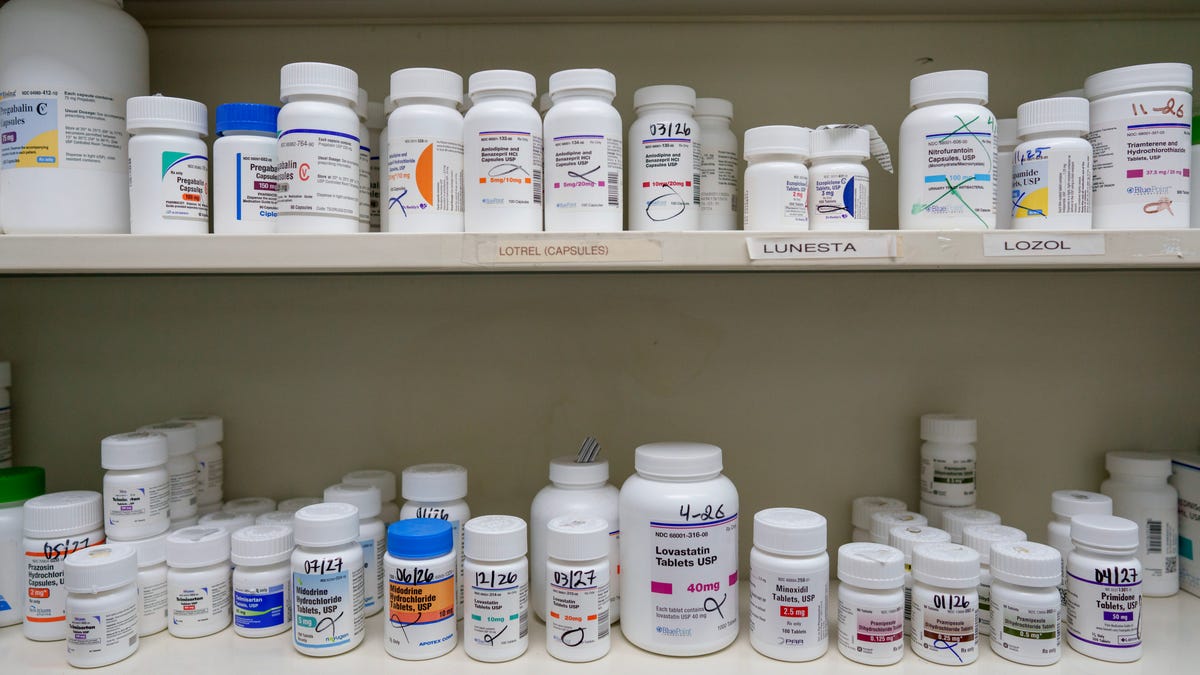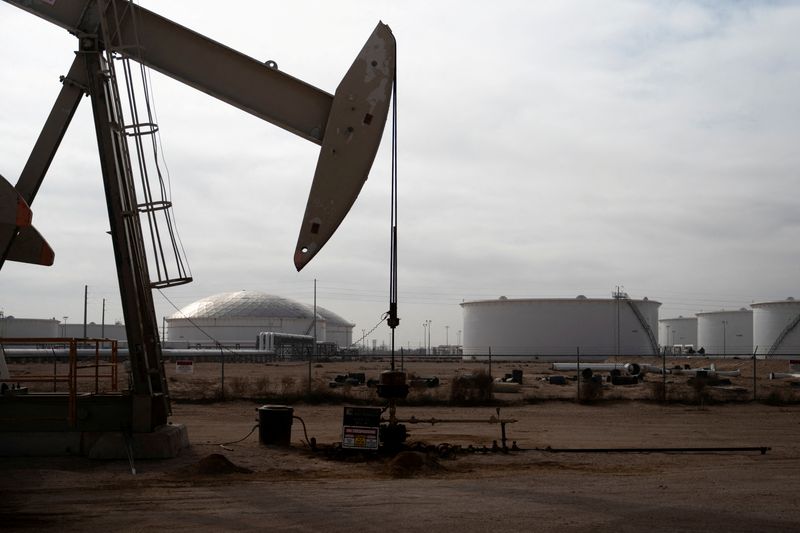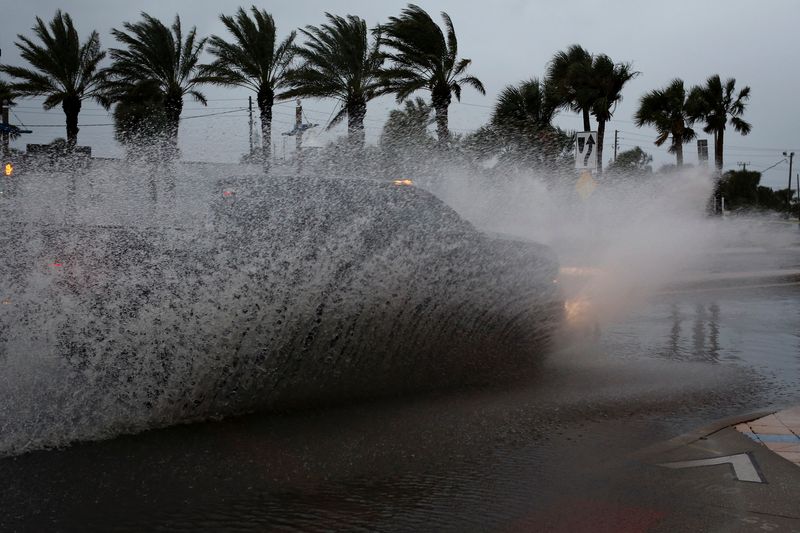Beer is the latest source of hazardous PFAS, or ‘forever chemicals,’ according to worried scientists
“As an occasional beer drinker myself, I wondered whether PFAS in water supplies was making its way into our pints,” said the study author. The findings were worrisome.

“Forever chemicals,” or PFAS—the group of more than 9,000 potentially hazardous synthetic compounds linked to cancer and other health problems—have been found lurking in everything from non-stick pans and candy to butter and processed meats. Oh—and in about half of tap water systems nationwide.
So why should your favorite brewski be immune?
After testing beers brewed in different areas of the country, researchers with the American Chemical Society have discovered the highest levels of polyfluoroalkyl substances (PFAS) in those from regions with known PFAS-contaminated water sources. The results have been published in the journal Environmental Science & Technology.
“As an occasional beer drinker myself, I wondered whether PFAS in water supplies was making its way into our pints,” research lead Jennifer Hoponick Redmon said in a news release. “I hope these findings inspire water treatment strategies and policies that help reduce the likelihood of PFAS in future pours.”
Beer is made mostly of water, malt from grains (usually barley), hops, and yeast. It’s the water, though, that is the most abundant and important ingredient (comprising about 90% of the brew), and which impact its pH, enzyme activity, hop utilization, and yeast growth—with nearly two gallons of water sometimes used to produce a quarter gallon of beer, “potentially introducing contaminants during beer production,” according to the study.
Although breweries are usually equipped with water filtration and treatment systems, those do not remove PFAS. And, notes the study, “approximately 18% of breweries operating in the United States are located within zip codes served by public water supplies with detectable PFAS in drinking water.”
For the analysis, Hoponick Redmon and colleagues used a modified U.S. Environmental Protection Agency (EPA) method to test 23 beers, none of which are named in the study. But test subjects were either produced by U.S. brewers in areas with documented water system contamination or were popular domestic and international beers from larger companies with unknown water sources.
According to the findings, 95% of the beers they tested contained PFAS, with the highest levels and most diverse mix of the forever chemicals detected in samples from Chatham County, N.C. and Mecklenburg County, N.C. (both areas with known PFAS in municipal drinking water), as well as a beer from St. Louis County, Mo.
Two types of PFAS known to be particularly dangerous—perfluorooctanoic acid (PFOA) and perfluorooctanesulfonic acid (PFOS)—were both detected in some of the beers, the study said.
The takeaway, say the researchers, is that PFAS contamination at one source can spread into other products; they call for greater awareness among brewers, consumers and regulators to limit overall PFAS exposure—as well as the possible need for water treatment upgrades at brewing facilities.
More on environmental toxins:
- The truth about American drinking water: Report shows widespread presence of hazardous chemicals
- Endocrine-disrupting chemicals are everywhere. Here’s how to reduce your exposure
- The ‘plastic spoon’ of microplastics in your brain could stem from these foods that are wrecking your health, researchers say
This story was originally featured on Fortune.com












































































































































































